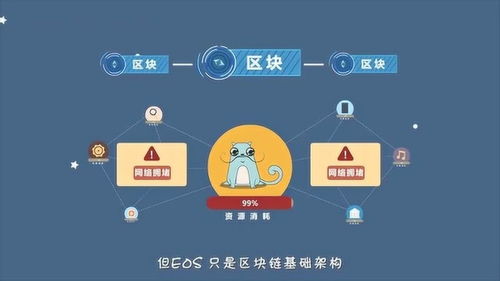Title: Designing a Blockchain Database for Government Affairs
Introduction
In recent years, the integration of blockchain technology into various sectors has garnered significant attention due to its potential to enhance transparency, security, and efficiency. When it comes to government affairs, leveraging blockchain can revolutionize data management, streamline processes, and ensure the integrity of sensitive information. This article delves into the intricacies of designing a blockchain database tailored for government operations.
Understanding the Requirements
Before diving into the technical aspects, it's crucial to identify the specific requirements of a blockchain database for government affairs:
1.
Security
: Ensuring the highest standards of data security to protect sensitive government information from unauthorized access or tampering.2.
Transparency
: Facilitating transparency in government operations by providing immutable records accessible to authorized parties.3.
Efficiency
: Streamlining bureaucratic processes through automation and smart contracts to reduce redundancy and optimize resource utilization.4.
Compliance
: Adhering to regulatory frameworks and compliance standards to ensure legality and legitimacy.5.
Scalability
: Designing a scalable infrastructure capable of handling increasing data volumes and transaction throughput as government operations expand.6.
Interoperability
: Ensuring compatibility with existing government systems and promoting interoperability across different departments or agencies.Database Architecture
1.
Blockchain Consensus Mechanism
:Selecting an appropriate consensus mechanism is crucial to ensure the reliability and integrity of the blockchain network. For government affairs, a permissioned blockchain is preferable, providing control over participants and enhancing security. Byzantine Fault Tolerance (BFT) consensus algorithms like Practical Byzantine Fault Tolerance (PBFT) or Raft can be suitable choices due to their resilience against malicious actors.
2.
Data Structure
:Utilizing a data structure that supports complex data types and ensures efficient storage and retrieval is essential. A Merkle Patricia Tree (MPT) or similar data structure can efficiently store and verify large datasets while maintaining cryptographic integrity.
3.
Identity Management
:Implementing a robust identity management system is critical to authenticate participants and control access rights within the blockchain network. Utilizing digital signatures and Public Key Infrastructure (PKI) can ensure secure identity verification and access control.
4.
Smart Contracts
:Leveraging smart contracts can automate various government processes, such as contract management, procurement, or regulatory compliance. Smart contracts enforce predefined rules and conditions, reducing the need for intermediaries and minimizing the risk of human error or fraud.
5.
Interoperability Solutions
:Integrating interoperability solutions like crosschain communication protocols or standardized data formats can facilitate seamless data exchange between different government systems or agencies, enhancing collaboration and efficiency.
Security Measures
1.
Encryption
:Employing robust encryption algorithms to secure data both at rest and in transit, mitigating the risk of data breaches or unauthorized access.
2.
Access Control
:
Implementing granular access control mechanisms to restrict data access based on user roles and permissions, ensuring that only authorized personnel can view or modify sensitive information.
3.
Immutable Audit Trail
:Maintaining an immutable audit trail of all transactions and data modifications on the blockchain to trace back any unauthorized changes and hold accountable parties involved in tampering attempts.
4.
Penetration Testing
:Conducting regular security audits and penetration testing to identify and address potential vulnerabilities or loopholes in the blockchain infrastructure.
Compliance and Legal Considerations
1.
Regulatory Compliance
:Ensuring compliance with relevant regulations and legal frameworks governing data protection, privacy, and government operations to avoid potential legal liabilities or sanctions.
2.
Data Privacy
:Implementing measures to safeguard citizen data privacy rights and adhere to data protection regulations like GDPR or CCPA, enhancing public trust in government data handling practices.
Conclusion
Designing a blockchain database for government affairs requires careful consideration of security, transparency, efficiency, and compliance requirements. By adopting a tailored approach to database architecture, incorporating robust security measures, and adhering to regulatory frameworks, governments can leverage blockchain technology to transform their operations, enhance public trust, and deliver efficient and transparent services to citizens.
标签: 政务服务区块链技术框架 政务区块链数据库设计论文 政务区块链数据库设计案例 政务区块链机制







